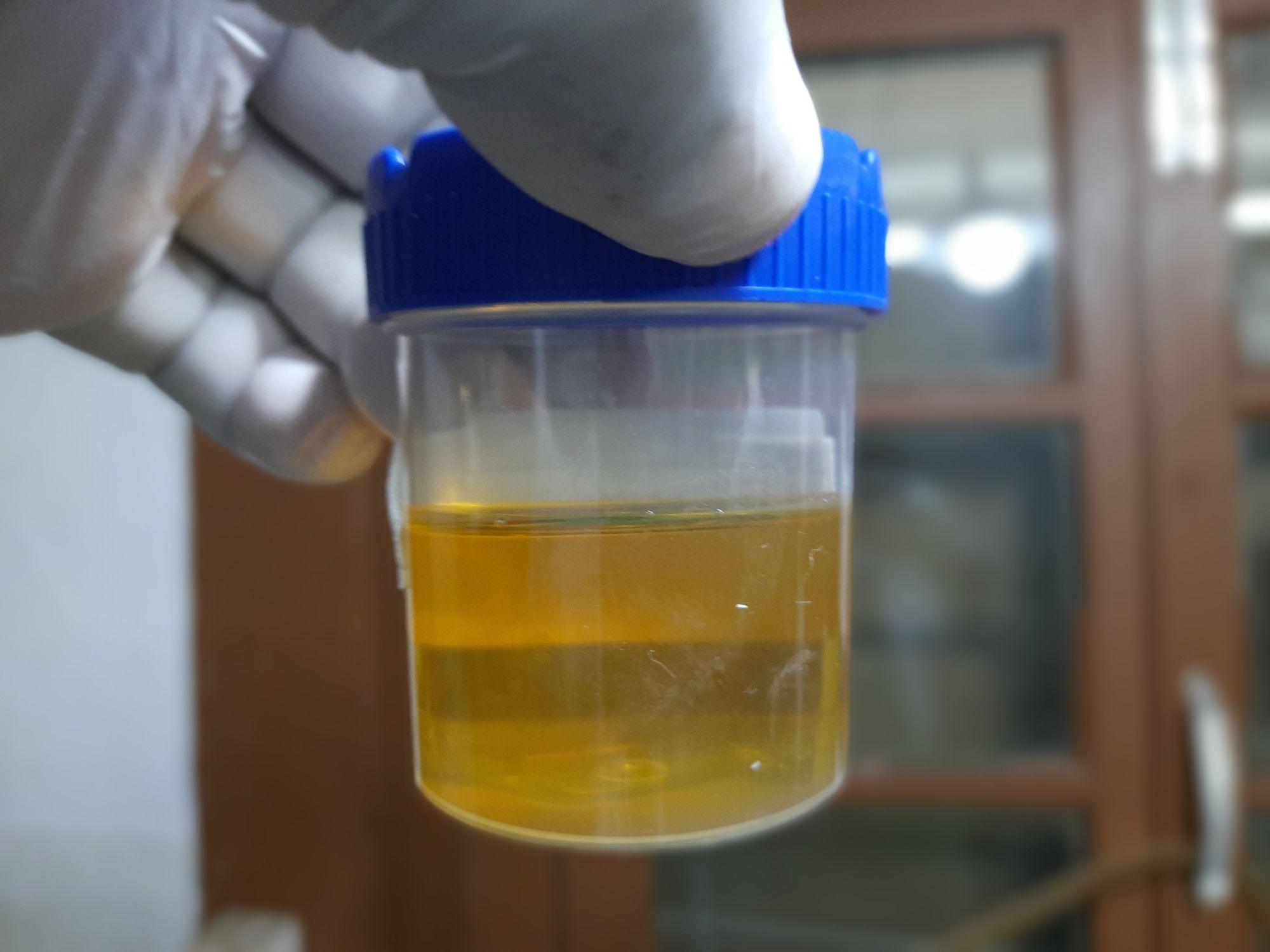

Articles
How To Store Urine Sample At Home
Modified: February 23, 2024
Learn the proper way to store urine sample at home with our informative articles. Ensure accurate results and maintain sample integrity.
(Many of the links in this article redirect to a specific reviewed product. Your purchase of these products through affiliate links helps to generate commission for Storables.com, at no extra cost. Learn more)
Introduction
Storing a urine sample at home may not be something you’ve ever considered, but there are situations where it can be valuable and beneficial. Whether it’s for monitoring your health, conducting a medical test, or simply for personal reasons, having the ability to store a urine sample in the comfort of your own home can provide convenience and peace of mind.
In this article, we will explore the benefits of storing a urine sample at home, as well as provide you with the necessary information and guidance on how to properly collect and store a urine sample. We will also discuss the importance of selecting the right container and share some safety precautions to keep in mind.
While storing a urine sample at home may not be a common practice for everyone, it can be a useful skill to have in certain situations. So, let’s dive in and learn more about the process of storing a urine sample at home!
Key Takeaways:
- Storing a urine sample at home offers convenience, privacy, and early detection benefits. Proper preparation, collection techniques, and container selection are crucial for accurate results and sample integrity.
- Safety precautions, proper storage, and seeking professional help when needed are essential when storing a urine sample at home. Prioritize hygiene, follow guidelines, and consult healthcare providers for guidance and support.
Read more: How To Store A Urine Sample
Benefits of Storing Urine Sample at Home
There are several advantages to storing a urine sample at home. Let’s explore some of the key benefits:
- Convenience: Storing a urine sample at home eliminates the need for immediate transportation to a medical facility. This saves you time and reduces the hassle of making arrangements to visit a healthcare provider or laboratory right away.
- Privacy: Collecting and storing a urine sample in the privacy of your own home ensures confidentiality. It allows you to maintain your personal space and eliminates any discomfort or embarrassment you may feel in a clinical setting.
- Early detection: Storing a urine sample at home can be helpful for early detection of certain health conditions. By having the ability to collect and store samples over time, you can look for changes or abnormalities in your urine that may indicate potential health issues.
- Long-term monitoring: For individuals with chronic health conditions, such as diabetes or kidney disease, storing urine samples at home allows for regular monitoring. This can help track progress, assess the effectiveness of treatment plans, and provide valuable insights to healthcare professionals.
- Cost savings: Storing urine samples at home can be cost-effective, especially in situations where frequent monitoring or testing is required. By eliminating the need for frequent lab visits or medical consultations, you can save on transportation costs and reduce healthcare expenses.
Overall, storing a urine sample at home offers convenience, privacy, early detection, long-term monitoring, and cost savings. It empowers individuals to take control of their health and provides a practical solution for various healthcare needs.
Preparation for Collecting Urine Sample
Proper preparation is crucial when it comes to collecting a urine sample at home. Follow these steps to ensure accurate and reliable results:
- Read instructions: If you are collecting a urine sample for a specific medical test or examination, it is important to carefully read and understand the instructions provided by your healthcare provider. These instructions may include dietary restrictions, medication guidelines, and specific timing requirements.
- Gather necessary supplies: Before collecting the urine sample, gather all the necessary supplies. These may include a clean container, gloves, disinfectant wipes, and any other items mentioned in the instructions provided by your healthcare provider. Having everything ready beforehand will save you time and ensure a smooth process.
- Ensure cleanliness: Start by thoroughly washing your hands with soap and water. Make sure the area where you will be collecting the sample is clean and free from any contaminants. This will help prevent any unnecessary contamination of the urine sample.
- Choose the right time: Pay attention to the timing requirements specified in the instructions. Some tests may require a first-morning urine sample, while others may have different time windows for collection. Adhering to the prescribed time guidelines will help ensure accurate results.
- Hydrate properly: It is important to stay adequately hydrated before collecting the urine sample. Drinking enough water will help maintain the proper urine volume and consistency, making it easier to collect a sufficient sample.
- Follow any dietary guidelines: If your healthcare provider has specified any dietary restrictions prior to collecting the urine sample, make sure to follow them accordingly. Certain foods and beverages can affect the composition of your urine, potentially impacting the accuracy of the test results.
By following these preparation steps, you will ensure that you are collecting a clean and accurate urine sample. This will increase the reliability of the results and provide valuable information for your healthcare provider.
Proper Techniques for Collecting Urine Sample
Collecting a urine sample properly is essential to ensure accurate test results. Here are some guidelines to follow when collecting a urine sample at home:
- Clean container: Start by selecting a clean and sterile container for collecting the urine sample. It is best to use a container specifically designed for this purpose and provided by your healthcare provider. Make sure the container is tightly sealed to prevent any leaks or spills.
- Prepare the area: Before collecting the sample, make sure you have a clean and flat surface to work on. This will help prevent any contamination or spillage. You can lay down a paper towel or use a clean, dry surface for this purpose.
- Start urinating: Begin urinating into the toilet as you normally would. Then, mid-stream, carefully position the collection container under the stream of urine to collect an adequate amount of the sample. Collecting mid-stream urine helps ensure a more accurate representation of your body’s waste products.
- Collect sufficient volume: Most medical tests require at least 30 to 60 milliliters (1 to 2 ounces) of urine for accurate results. Make sure you collect enough urine to meet the required volume. Avoid overfilling the container to prevent any spills or leaks.
- Label the container: Once you have collected the urine sample, securely close the container and label it with your name, date, and any other information required by your healthcare provider. Properly labeling the container is crucial for accurate identification and documentation.
- Store the sample: If you are not able to deliver the urine sample immediately, follow the proper storage instructions provided by your healthcare provider. In general, urine samples should be stored in a refrigerator at a temperature between 2°C to 8°C (36°F to 46°F) to maintain their integrity.
Remember to follow the specific instructions given by your healthcare provider for collecting a urine sample. They may provide additional guidance or requirements based on the specific test being conducted. Collecting the urine sample properly will ensure accurate results and avoid any potential issues or errors.
Selecting the Right Container for Storage
Choosing the right container for storing a urine sample is important to maintain its quality and integrity. Here are some factors to consider when selecting a container:
- Sterility: It is crucial to use a sterile container for storing a urine sample. This ensures that the sample remains uncontaminated and the test results are accurate. Sterile containers can be obtained from your healthcare provider or purchased from a pharmacy.
- Sealability: The container should have a tight and secure seal to prevent any leakage or spillage. A well-sealed container will help maintain the integrity of the sample and prevent any contamination.
- Material: The material of the container should be suitable for storing urine samples. It should be non-reactive and not interact with the urine components. Plastic containers are commonly used for this purpose as they are lightweight, durable, and resistant to leaks.
- Size: The size of the container should be appropriate to hold the required volume of the urine sample. Ensure that the container has sufficient capacity to accommodate the volume specified by your healthcare provider or the testing laboratory.
- Labeling area: Look for a container that has an appropriate space for labeling. This allows you to clearly write your name, date, and any other necessary information on the container. Proper labeling ensures accurate identification and reduces the chances of mix-ups or confusion.
- Clear visibility: It is preferable to use a container that provides clear visibility of the urine sample. This allows you and your healthcare provider to visually inspect the color, clarity, and any potential abnormalities of the urine. Transparent or translucent containers are suitable for this purpose.
When in doubt about which container to use, consult your healthcare provider or the testing laboratory for specific recommendations. They can provide guidance based on the specific requirements of the test being conducted.
Remember, selecting the right container for storing a urine sample is crucial to ensure accurate results and reliable analysis. Take the time to choose a suitable container that meets the necessary criteria to maintain the integrity of the sample.
Store the urine sample in a clean, airtight container in the refrigerator. Make sure to label the container with your name, date, and time of collection. Use the sample within 24 hours or freeze for longer storage.
Read more: How To Store Urine Sample
Steps for Storing Urine Sample at Home
Storing a urine sample at home requires proper handling and storage to maintain its integrity. Follow these steps to ensure the sample remains viable:
- Collect the urine sample: Use the proper techniques mentioned earlier to collect a clean and accurate urine sample. Ensure that you have collected the required volume specified by your healthcare provider or the testing laboratory.
- Label the container: Once you have collected the urine sample, securely close the container and label it with your name, date, and any other necessary information. Proper labeling is essential for accurate identification and documentation.
- Store in a refrigerator: If you are unable to deliver the urine sample immediately, it should be stored in a refrigerator at a temperature between 2°C to 8°C (36°F to 46°F). The sample must be stored within two hours of collection to maintain its integrity.
- Choose a specific spot: Select a dedicated area in your refrigerator to store the urine sample. This helps prevent any accidental mixing or contamination with other food items. Ideally, store the container in a sealed plastic bag or a designated section to ensure its safety and prevent any potential leaks.
- Avoid freezing: Do not freeze the urine sample unless specifically instructed by your healthcare provider or the testing laboratory. Freezing may alter the composition of the urine and affect the accuracy of the test results.
- Keep the sample’s storage time limit in mind: Most urine samples can be stored for 24 to 48 hours, depending on the specific test requirements. Be aware of the recommended storage time limit, and make sure to deliver the sample to the healthcare provider or testing laboratory within the specified timeframe.
- Transport the sample safely: When it’s time to deliver the urine sample, make sure to transport it safely and securely. Place the labeled container in a sealed plastic bag or a container specifically designed for transporting medical samples to prevent any leaks or spills.
Remember, proper handling, labeling, and storage are critical when storing a urine sample at home. Following these steps will help ensure the integrity of the sample and accurate test results.
Safety Precautions
When storing a urine sample at home, it is important to take certain safety precautions to ensure the well-being of yourself and others. Here are some key safety tips to keep in mind:
- Proper handling: Always practice good hygiene and proper handling techniques when collecting and storing a urine sample. Wash your hands thoroughly before and after the process to prevent the spread of bacteria or other contaminants.
- Use disposable gloves: Consider wearing disposable gloves during the collection and storage process, especially if there are any concerns about hygiene or contamination. Dispose of the gloves properly after use and wash your hands thoroughly.
- Avoid direct contact: Avoid direct contact with the urine sample, especially if it is potentially infectious or contains hazardous substances. Handle the container with care and avoid any spills or leaks. If accidental contact occurs, immediately wash the affected area with soap and water.
- Store away from food items: When storing the urine sample in the refrigerator, ensure it is kept separate from food items. This prevents any cross-contamination and reduces the risk of accidental consumption.
- Secure the container: Ensure that the container used for storing the urine sample is tightly sealed and leak-proof. This prevents any potential spills or leakage of the sample, which could be hazardous or cause contamination.
- Follow disposal guidelines: After delivering the urine sample to the healthcare provider or testing laboratory, dispose of any used equipment or packaging according to the proper guidelines. This may include safely discarding gloves, containers, or any other supplies used during the collection process.
- Keep out of reach of children: Store the urine sample container in a secure location, away from the reach of children or pets. This prevents accidental ingestion or exposure to the sample, which could have harmful effects.
- Follow healthcare provider instructions: Always follow the specific instructions provided by your healthcare provider or the testing laboratory regarding collection, storage, and delivery of the urine sample. They can provide additional guidance to ensure safety and avoid any potential risks.
By following these safety precautions, you can ensure a safe and hygienic process when storing a urine sample at home. It is important to prioritize your well-being and the well-being of others when handling and storing medical samples.
When to Seek Professional Help
While storing a urine sample at home can offer convenience and benefits, there are certain situations where it is important to seek professional help. Here are some instances when you should reach out to a healthcare provider:
- Unsure about the process: If you are uncertain about the proper techniques for collecting and storing a urine sample, it is best to consult with a healthcare professional. They can provide guidance, answer any questions, and ensure that you follow the correct procedures.
- Specific testing requirements: For certain medical tests or examinations, there may be specific instructions or guidelines for collecting and storing a urine sample. If you are unsure about these requirements, it is important to contact your healthcare provider or the testing laboratory for clarification.
- Concerns about sample integrity: If you suspect that the sample may have been compromised or contaminated during the collection or storage process, it is crucial to seek professional assistance. They can advise on whether a new sample needs to be collected or if the existing sample can still be used.
- Unusual or concerning urine characteristics: If you notice any unusual characteristics in your urine, such as blood, unusual color, or a strong odor, it is recommended to consult with a healthcare provider. These may be signs of an underlying health condition that requires further evaluation and medical attention.
- Persistent or worsening symptoms: If you are experiencing persistent or worsening symptoms, such as frequent urination, pain or discomfort during urination, or changes in urine output, it is essential to seek medical help. These symptoms may indicate underlying health issues that require prompt attention and proper diagnosis.
- Follow-up after storing the sample: After storing the urine sample, there may be a need for follow-up appointments or discussions with your healthcare provider to review the test results and discuss any further steps or treatments. It is important to schedule these follow-up appointments as advised by your healthcare provider.
Remember, healthcare professionals are trained to provide expert guidance and support. If you have any concerns or questions regarding the collection or storage of a urine sample, do not hesitate to seek their assistance. They can ensure that the process is done correctly and help interpret the results for accurate diagnosis and treatment.
Conclusion
Storing a urine sample at home can provide numerous benefits, including convenience, privacy, early detection, long-term monitoring, and cost savings. With proper preparation, collection techniques, and container selection, you can ensure accurate and reliable results while maintaining the safety and integrity of the sample.
Remember to properly read and follow any instructions provided by your healthcare provider or testing laboratory. This will ensure that you collect the appropriate sample volume at the right time and adhere to any dietary or medication restrictions if necessary.
Selecting the right container for storage is crucial to maintaining the sample’s sterility and preventing any leaks or contamination. Opt for a sterile, sealable, and appropriately sized container, and label it clearly with the necessary information for accurate identification.
When storing the urine sample, follow the recommended storage guidelines, such as keeping it in a refrigerator at the appropriate temperature and avoiding freezing unless specifically instructed. Adhere to the specified storage time limit and transport the sample safely when delivering it to the healthcare provider or testing laboratory.
Always prioritize safety by practicing good hygiene, using disposable gloves if needed, avoiding direct contact with the sample, and storing it away from food items. Follow any disposal guidelines for any used equipment or packaging to prevent any potential hazards or contamination.
If you have any doubts about the collection or storage process, or if you experience unusual symptoms or concerns, it is important to seek professional help. Healthcare providers can guide you through the process, address any concerns, and provide appropriate medical advice or follow-up care.
In conclusion, storing a urine sample at home can be a valuable skill to have, offering convenience, privacy, and the ability to monitor your health. By following the proper techniques and safety precautions, you can ensure accurate results and contribute to your overall well-being.
Frequently Asked Questions about How To Store Urine Sample At Home
Was this page helpful?
At Storables.com, we guarantee accurate and reliable information. Our content, validated by Expert Board Contributors, is crafted following stringent Editorial Policies. We're committed to providing you with well-researched, expert-backed insights for all your informational needs.
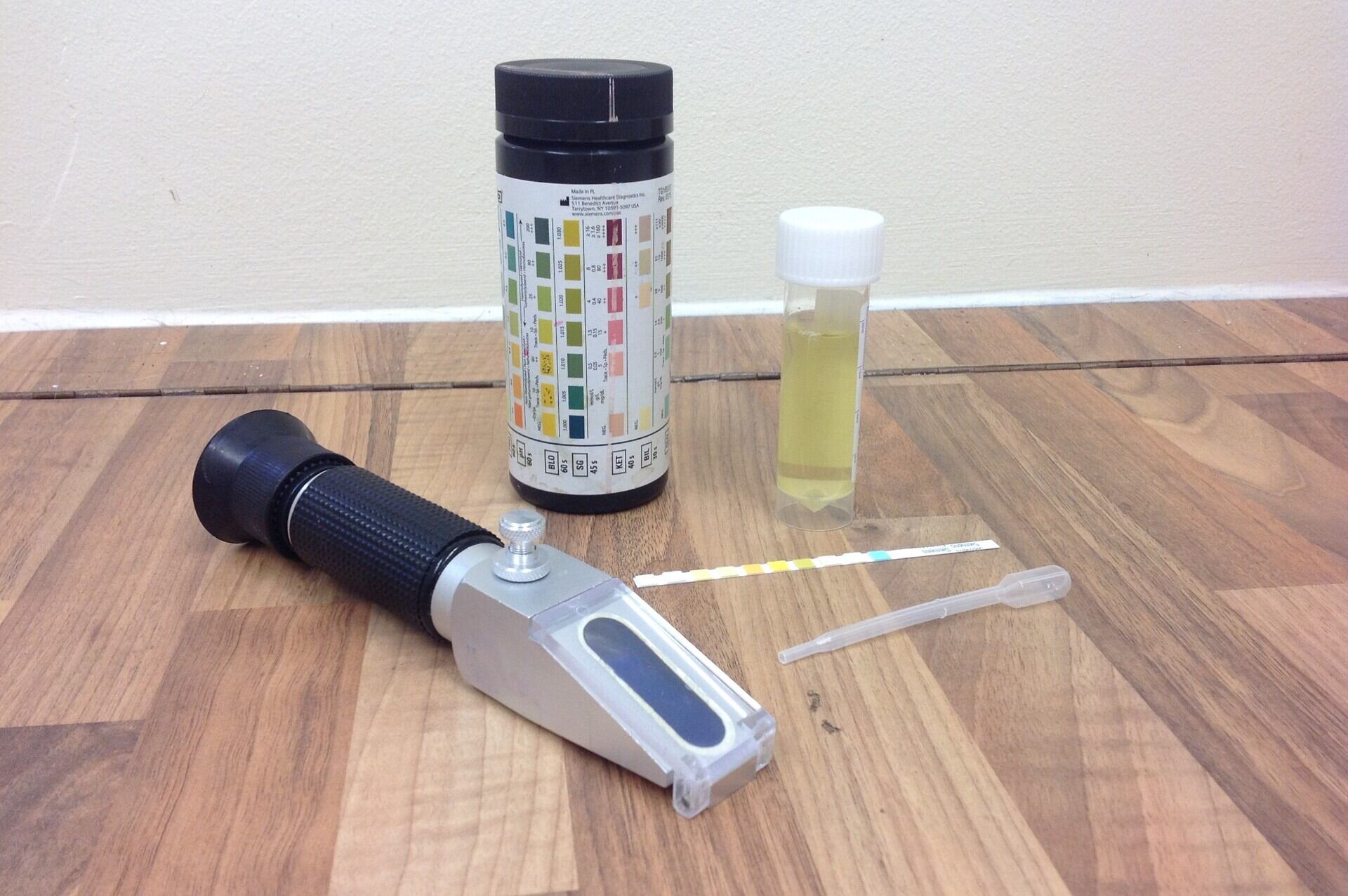
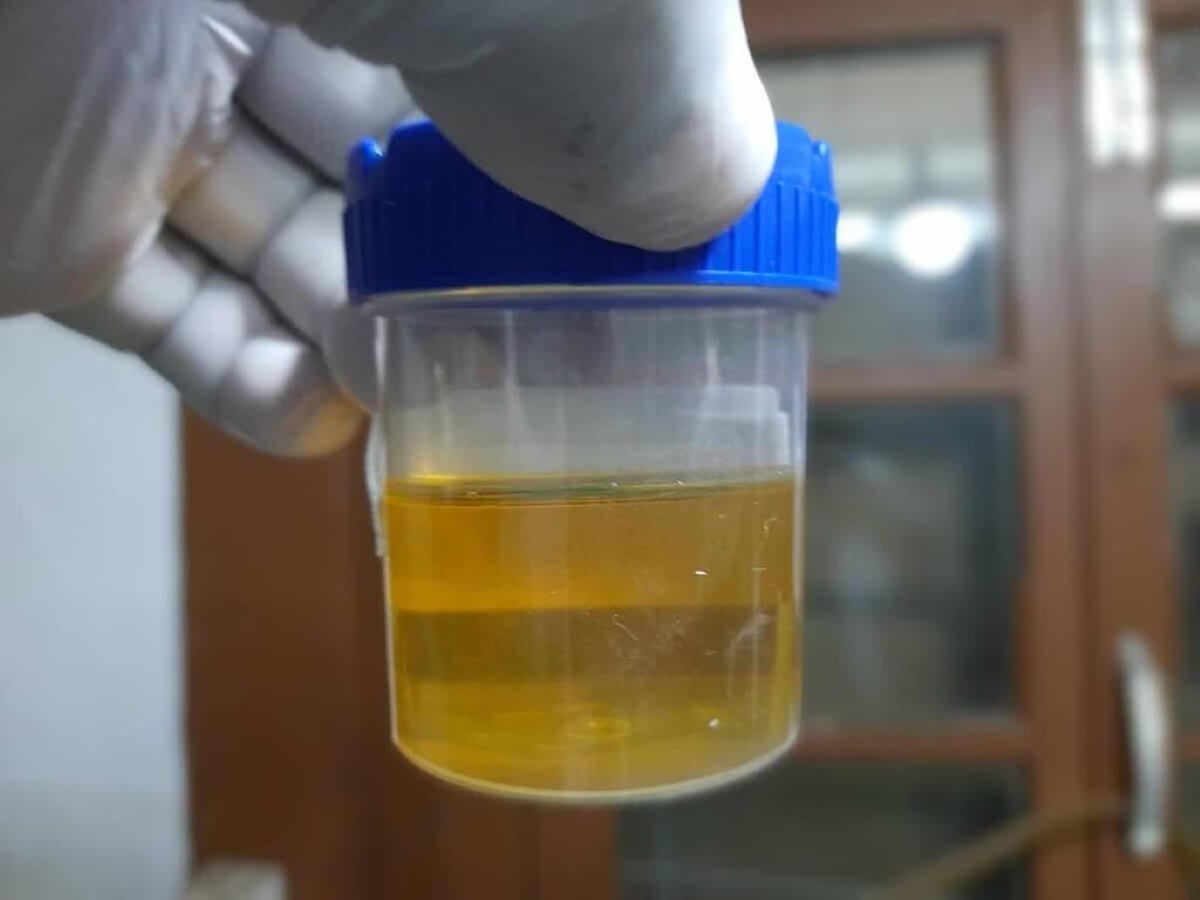

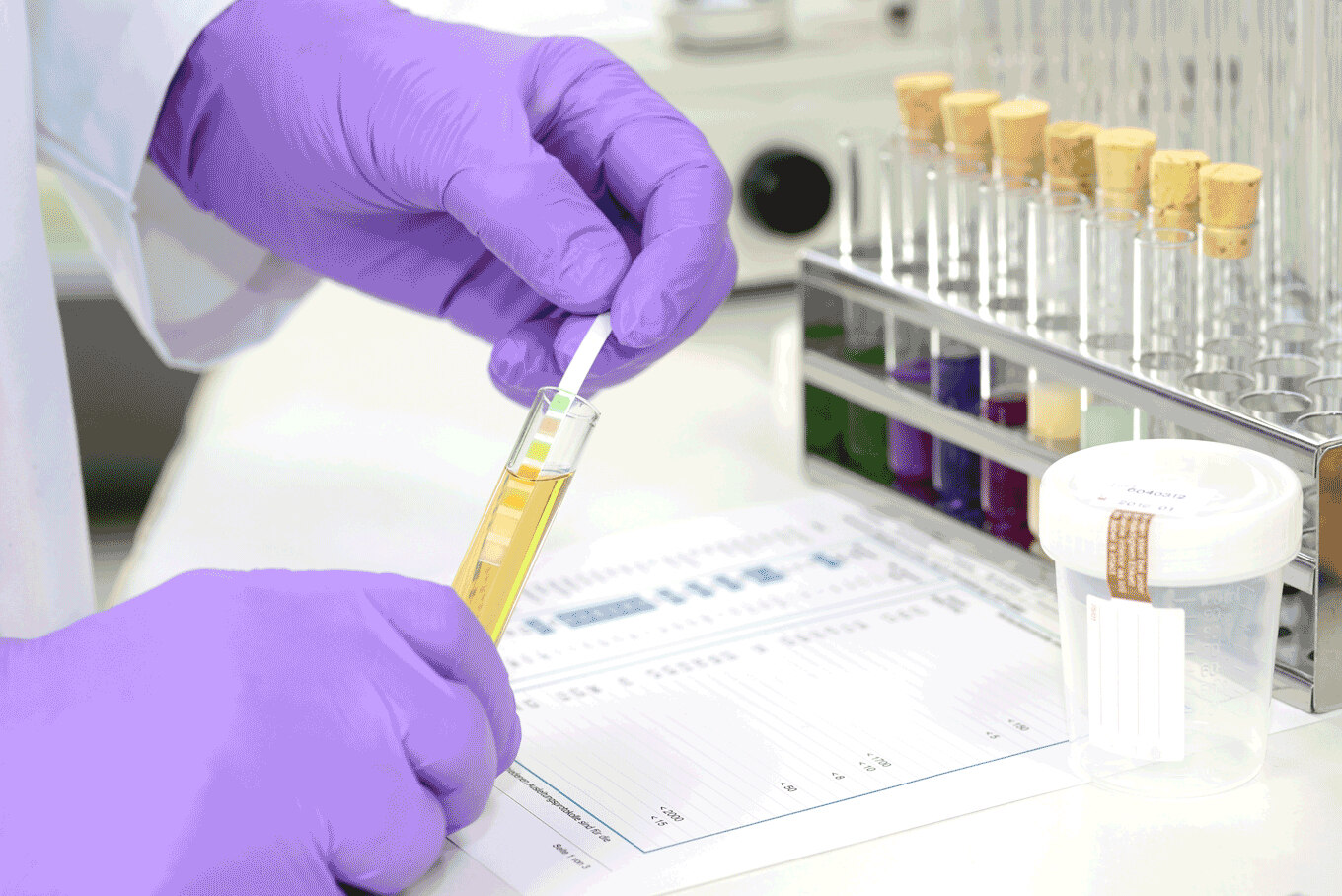

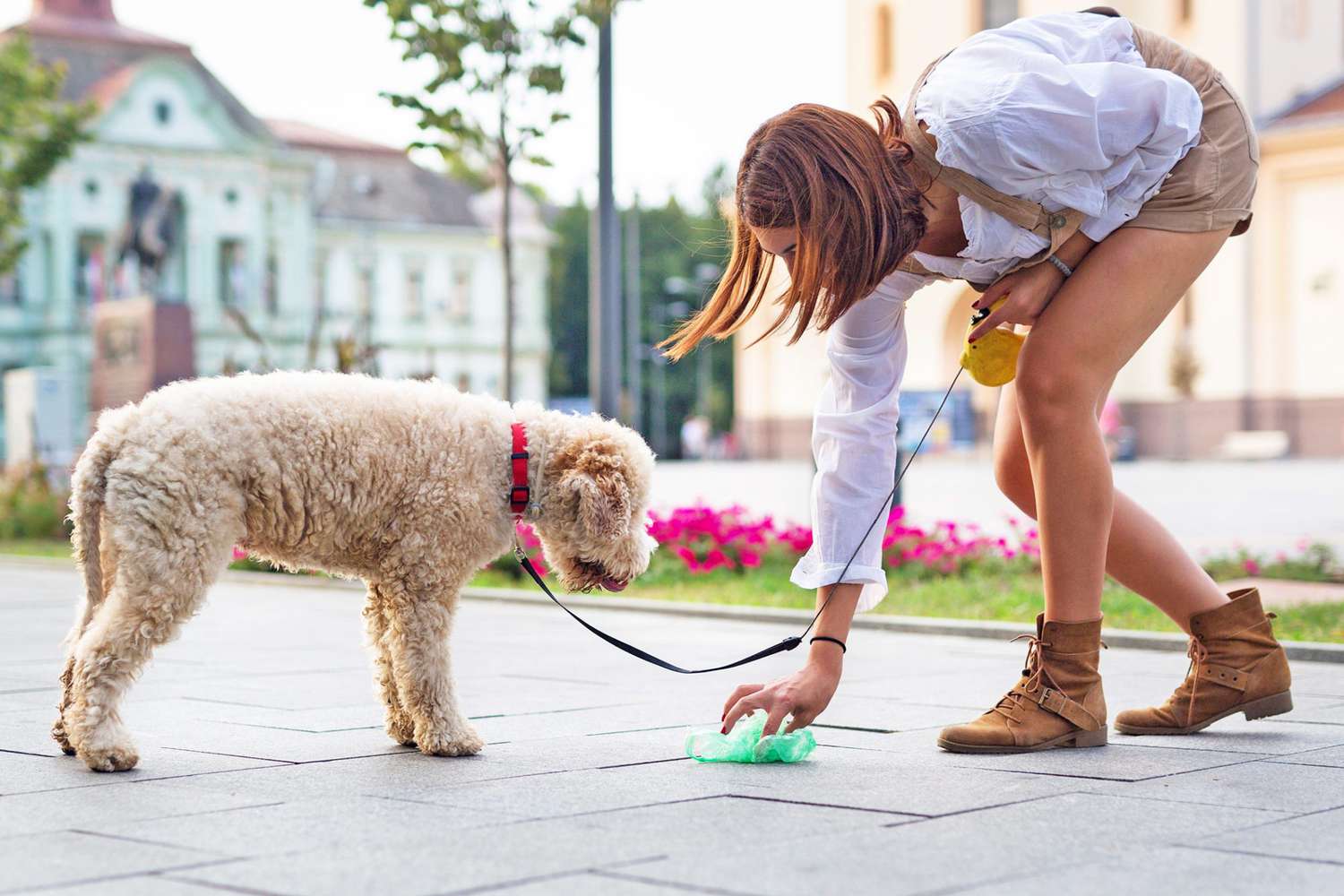

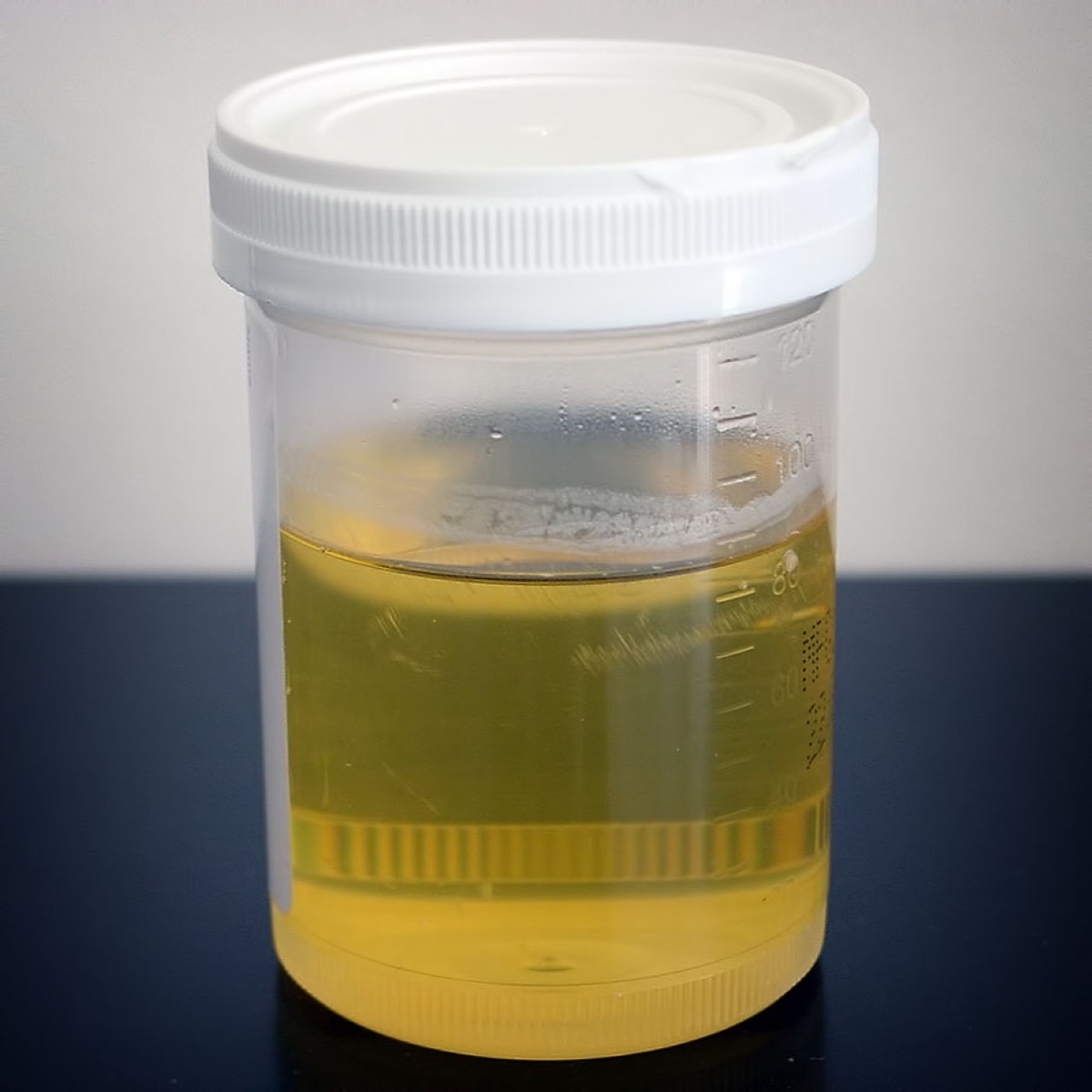
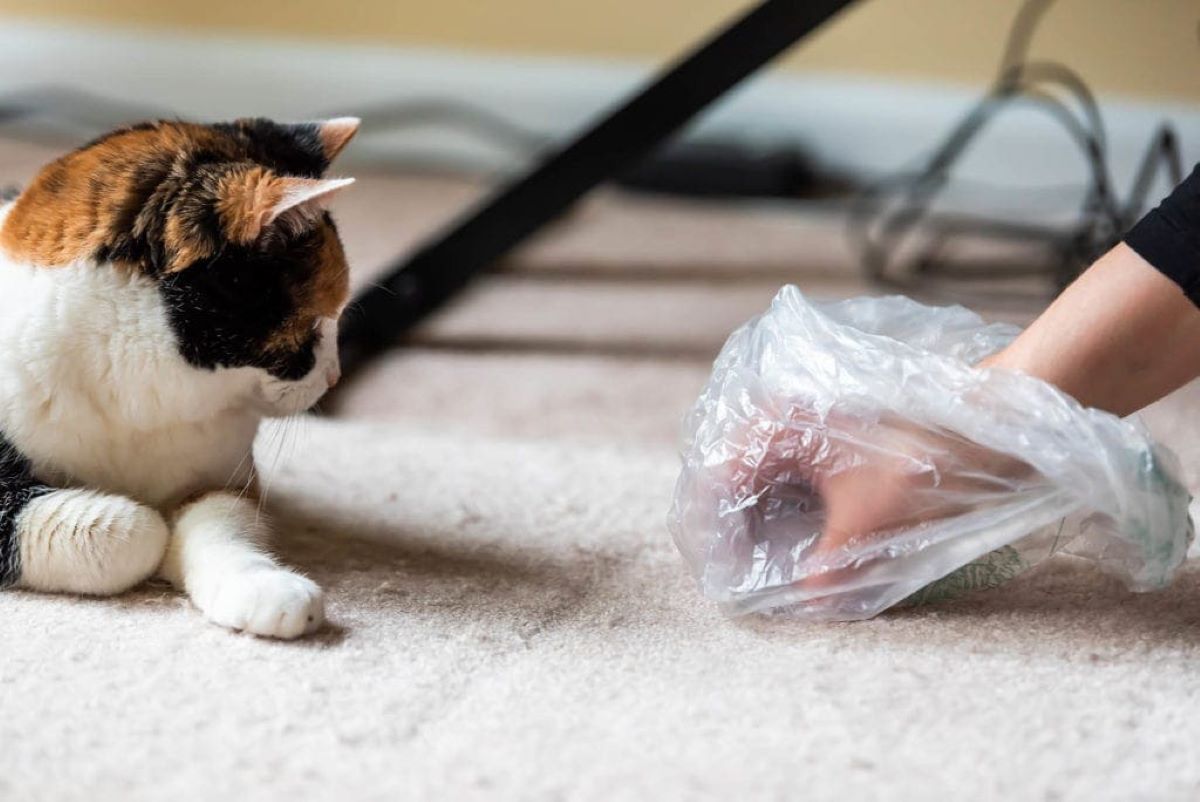


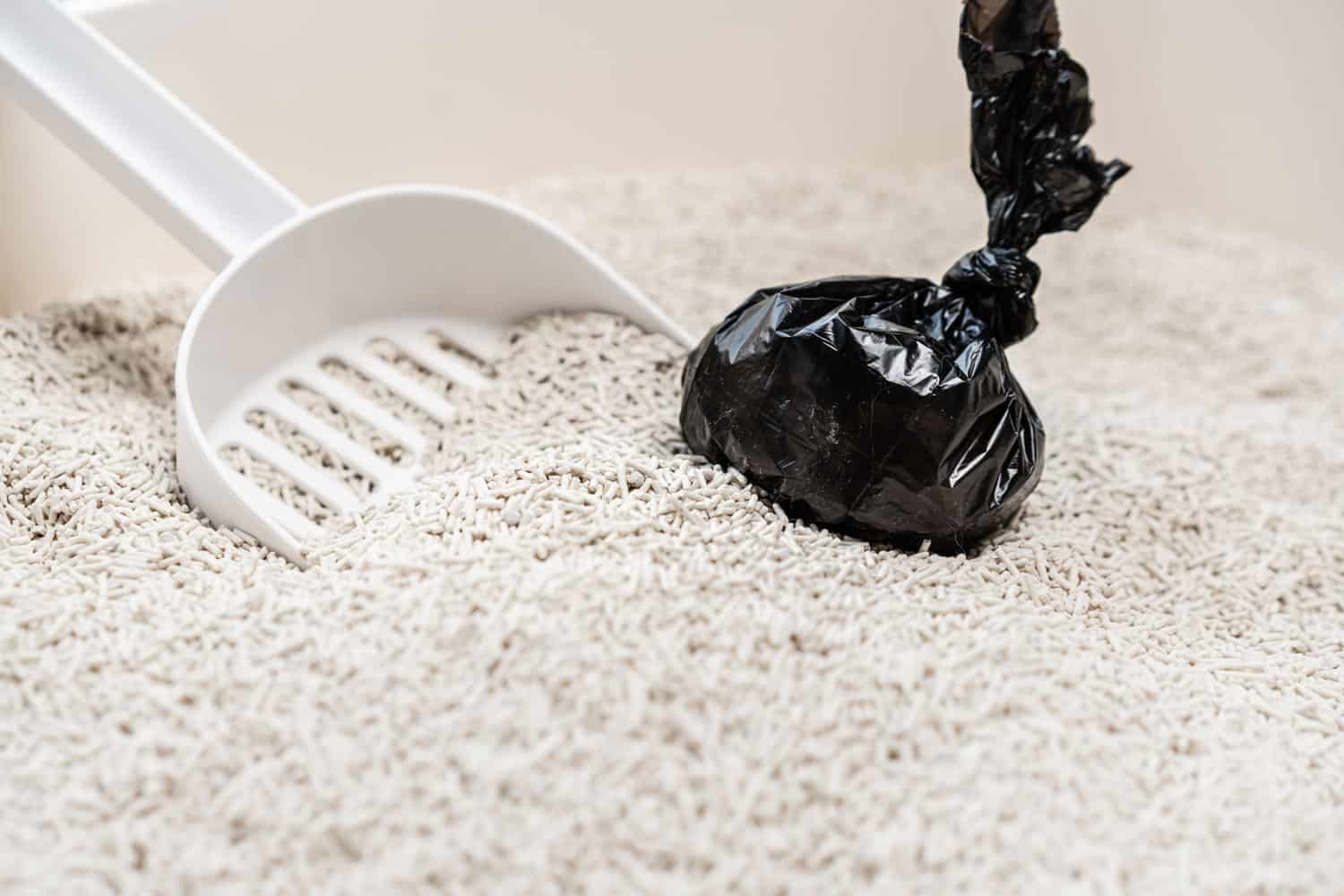
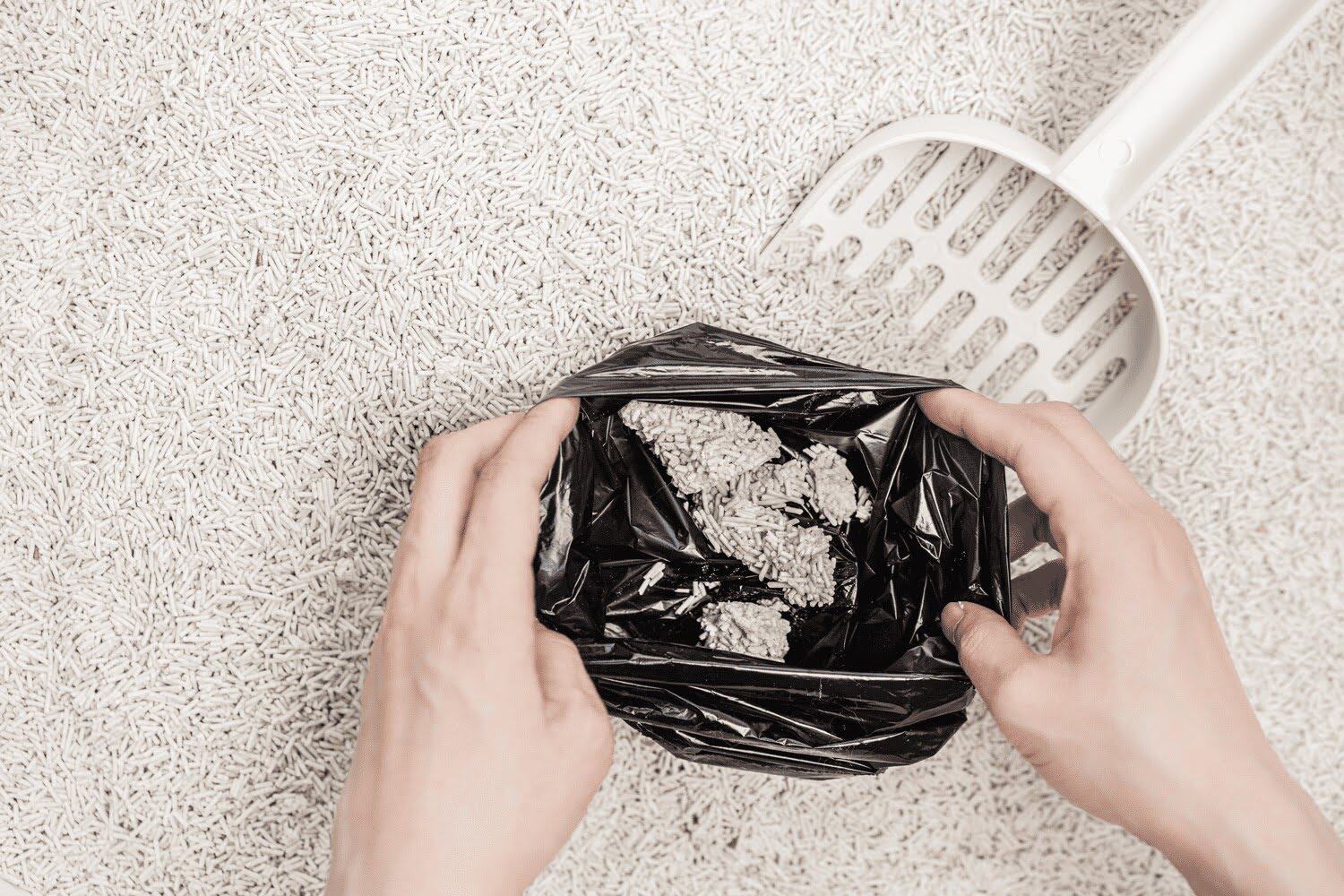
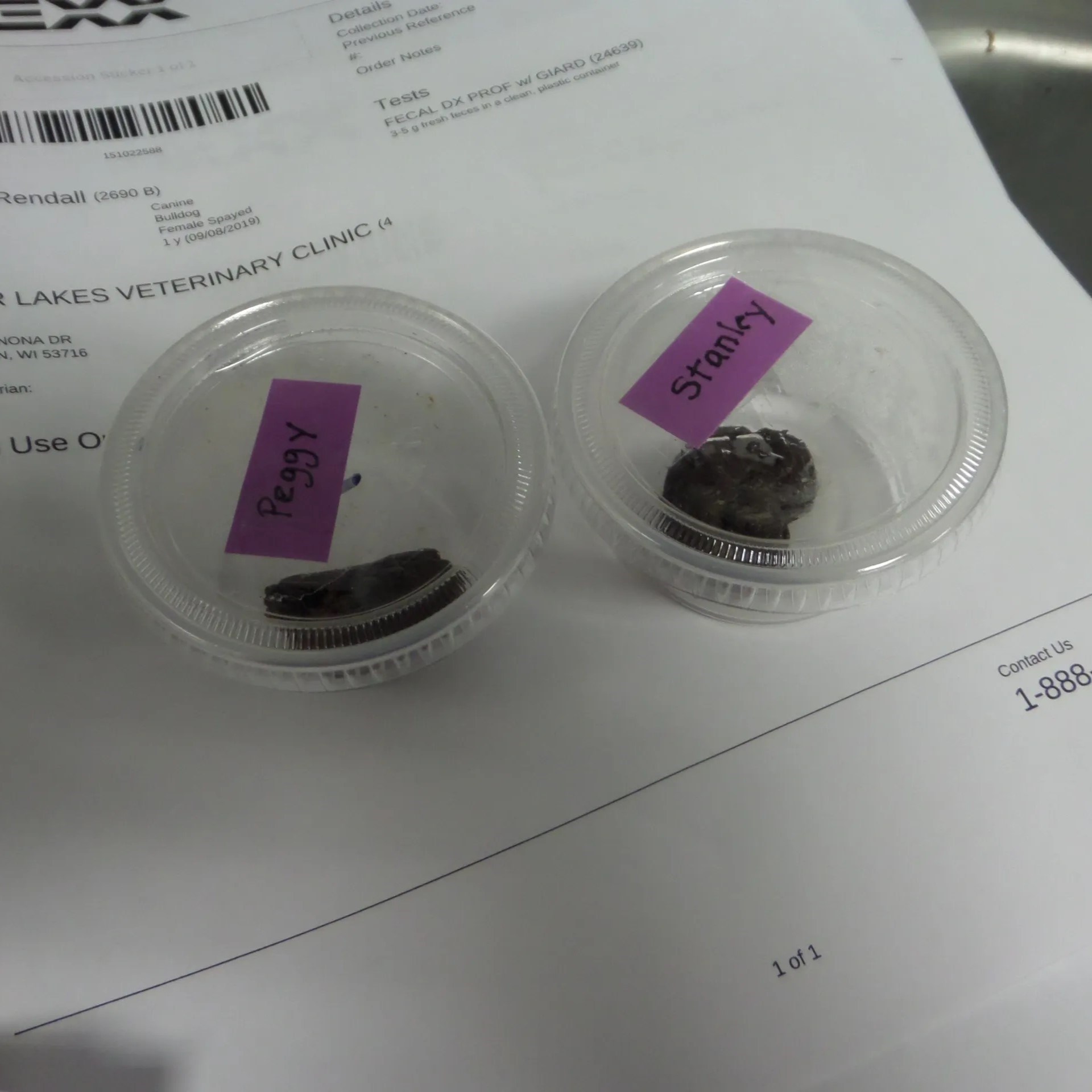

0 thoughts on “How To Store Urine Sample At Home”